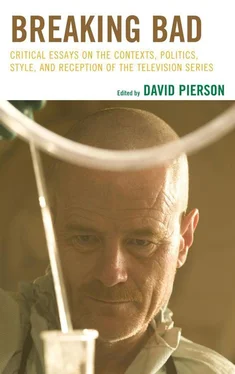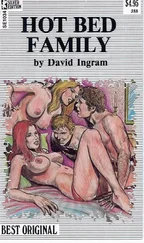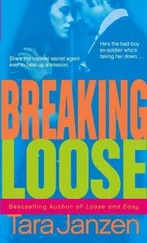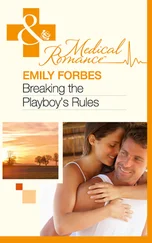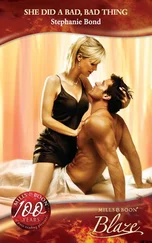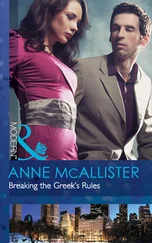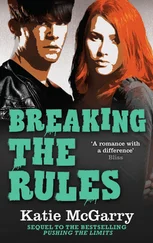Francis Galton is usually credited with creating the first eugenicist scientific society in England. However, it was years later, in the United States, that large scale governmentally financed eugenics programs really got underway in earnest. President Theodore Roosevelt created the Heredity Commission. It was charged to investigate the genetic heritage of the citizens and to “(encourage) the increase of families of good blood and (discourage) the vicious elements in the cross-bred American civilization” (Bruinius 2006; Black 2003). The United States was the first country to past sterilization laws. Starting in 1907, Indiana was the first state to pass sterilization legislation. The states that sterilized the highest percentage of their residents were: Michigan, Wisconsin, Minnesota, and California. California had by far the highest number of sterilizations in the United States (one third of all sterilizations nationwide). By the 1960s, over 20,000 patients per year in that state were being sterilized; almost 60 percent were considered mentally ill, just over 35 percent were considered “mentally deficient” (“California Eugenics.”).
Although referred to eugenicist (“good birth”) societies in the United States and Britain, the term “racial hygiene” ( Rassenhygiene ) was used in Germany but the idea is the same: preserving the good people and eliminating the diseased and defective individuals who are a corrupting influence on society.
Early in the twentieth century, statewide contests were established throughout the United States, funded by the Eugenics Records Office, such as the Better Baby Contest and Fitter Family for the Future. The purpose of these contests was to measure and rank babies and families for “fitness” (idealness) and to determine which ones were perfect models for future citizens. Winners won free medical treatment. Though one would think the losers would need medical treatment more, rewarding sickly individuals with medicine is exactly contrary to eugenicist logic. These contests lasted several decades, until the late 1940s (Selden 2005, 199-225).
Giving the majority opinion in Buck v Bell , the U.S. Supreme Court case that decided that states can sterilize “imbeciles” against their will and without their knowledge, Holmes writes,
We have seen more than once that the public welfare may call upon the best citizens for their lives. It would be strange if it could not call upon those who already sap the strength of the State for these lesser sacrifices, often not felt to be such by those concerned, to prevent our being swamped with incompetence . It is better for all the world, if instead of waiting to execute degenerate offspring for crime, or to let them starve for their imbecility, society can prevent those who are manifestly unfit from continuing their kind. The principle that sustains compulsory vaccination is broad enough to cover cutting the Fallopian tubes. [ emphasis added ] ( Buck v. Bell 1927)
Some eugenicists were not satisfied with sterilization measures and instead lobbied for euthanasia. A 1911 Carnegie Institute report recommended euthanasia as a solution to the problem of unfit individuals. An institute in Lincoln Illinois fed cognitively impaired patients milk laced with tuberculosis, obtaining an annual death rate of 30-40 percent per year. In 1931, The Illinois Homeopathic Medicine Association began lobbying for the “right to euthanize” “imbeciles” (Black 2003).
When Skyler lamented the guilt she felt for her role in Ted Beneke’s injuries, Walter tried to comfort her by saying that she made a misstep and lost control over the situation. He explained to her that such actions did not make her a bad person, but instead made her “human.” She immediately dismisses such words as flawed rationalizing. The implication is clear: Walter has learned to rationalize moral horrors.
At one point, Skyler tells Walter that her best move is to wait for the cancer to return to him. Not a good sign for a marriage, and a stark contrast to her feelings for him just a short year ago.
Throughout most of their “odd couple” adventures, Jesse remained loyal to Walter, always deferentially referring to him as Mr. White. Yet, enough seemed to be enough for, once Jesse was aware that Walter had ordered Mike’s men killed and then showed up at his house, Jesse answered the door armed. Jesse seemed to consider the possibility that Walter might kill him for knowing too much about the operation.
We examine here the second season of Breaking Bad and in particular its first episode also because of the production circumstances which make this season and this episode especially interesting. The scriptwriters’ strike had a significant effect on the first season, to the extent that we can think of the second season as better expressing the ambitions of the people behind the show. In this sense the first episode of this series might constitute the series’ pilot.
We can’t fail to remark that an actual TV show, which displays throughout a zero-degree style, is aptly named The Voice (NBC 2011-present).
While the volumes by Roland Barthes and Gérard Genette we cite have been translated into English, one volume by Christian Metz remains to be translated: L’Énonciation impersonnelle ou le site du film . We wonder whether the fact that the concept of second-degree style has not until now been defined by Anglo-American television studies scholars is the reason that Metz’s volume on enunciation, which makes it possible to define the concept in cinema and consequently in television, is the reason that it is still not available in English.
The reasoning implies three degree-styles: zero-degree, first-degree and second-degree. We will discuss in the chapter the two polarities of the spectrum aesthetics of TV fiction: the zero-degree style in general and the second-degree style in particular in Breaking Bad . However, we won’t discuss the first degree-style, which could be called the normative form or the consensual form , due to space constraints. It will be the focus of future works.
The French notion of découpage is different from filming ( tournage ) and editing ( montage ). It is the equivalent of storyboarding in its abstract form: to cut the filming in its pieces. In clear, the découpage is to the preview of the filming, what the editing is to its review: the first phase in the production process. For a detailed discussion of the notion see the translation notes of the work of Andre Bazin, What is cinema? by Timothy Barnard (2009). We would also like to thank Timothy for his translation work on this chapter.
We should point out that because the series is directed by the lead actor adds to the interest of our initial remarks. In fact we discuss how the mise en scène, by having Walter White take off his sunglasses and put on his regular glasses at the very beginning, restores the gaze as the structuring force. Here, precisely, the actor is the director. The gaze is also, we should doubtless note, a structuring force behind the camera.
As the Wikipedia site notes, the titles of four episodes in which the black-and-white enigmatic sequence appears, when put together in order, form a sentence, which gives the clue, “Seven Thirty-Seven,” “Down,” “Over,” and “ABQ.”
Читать дальше
